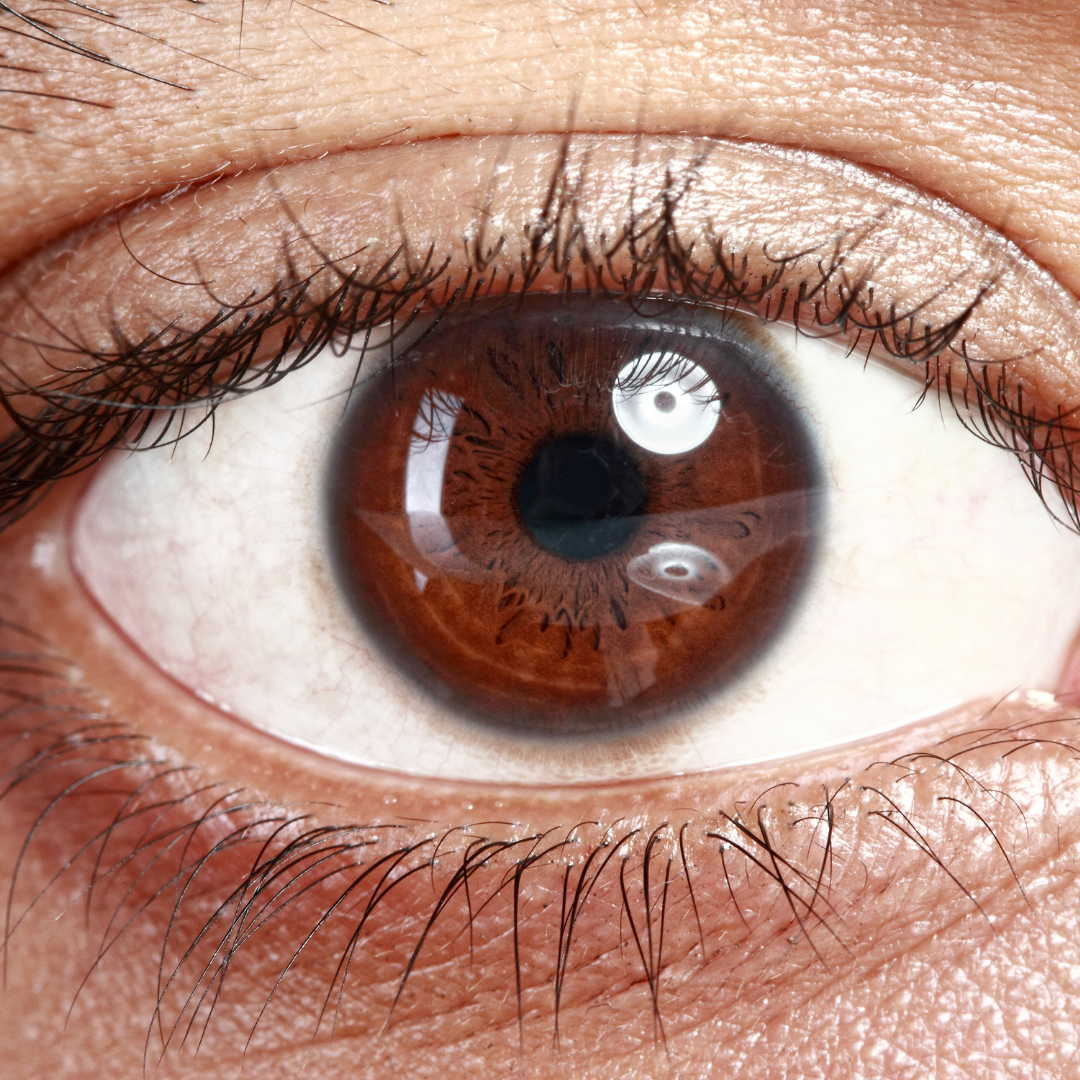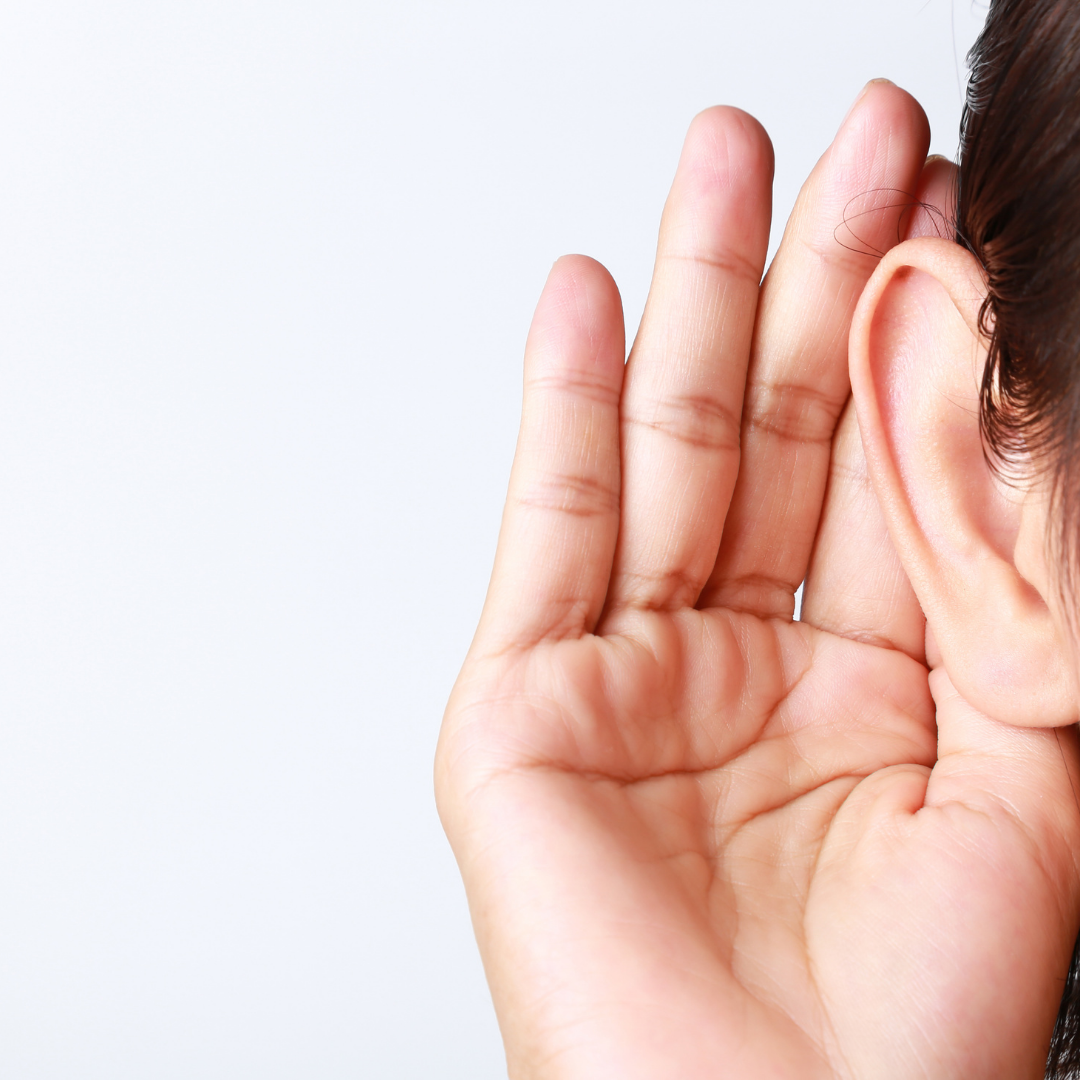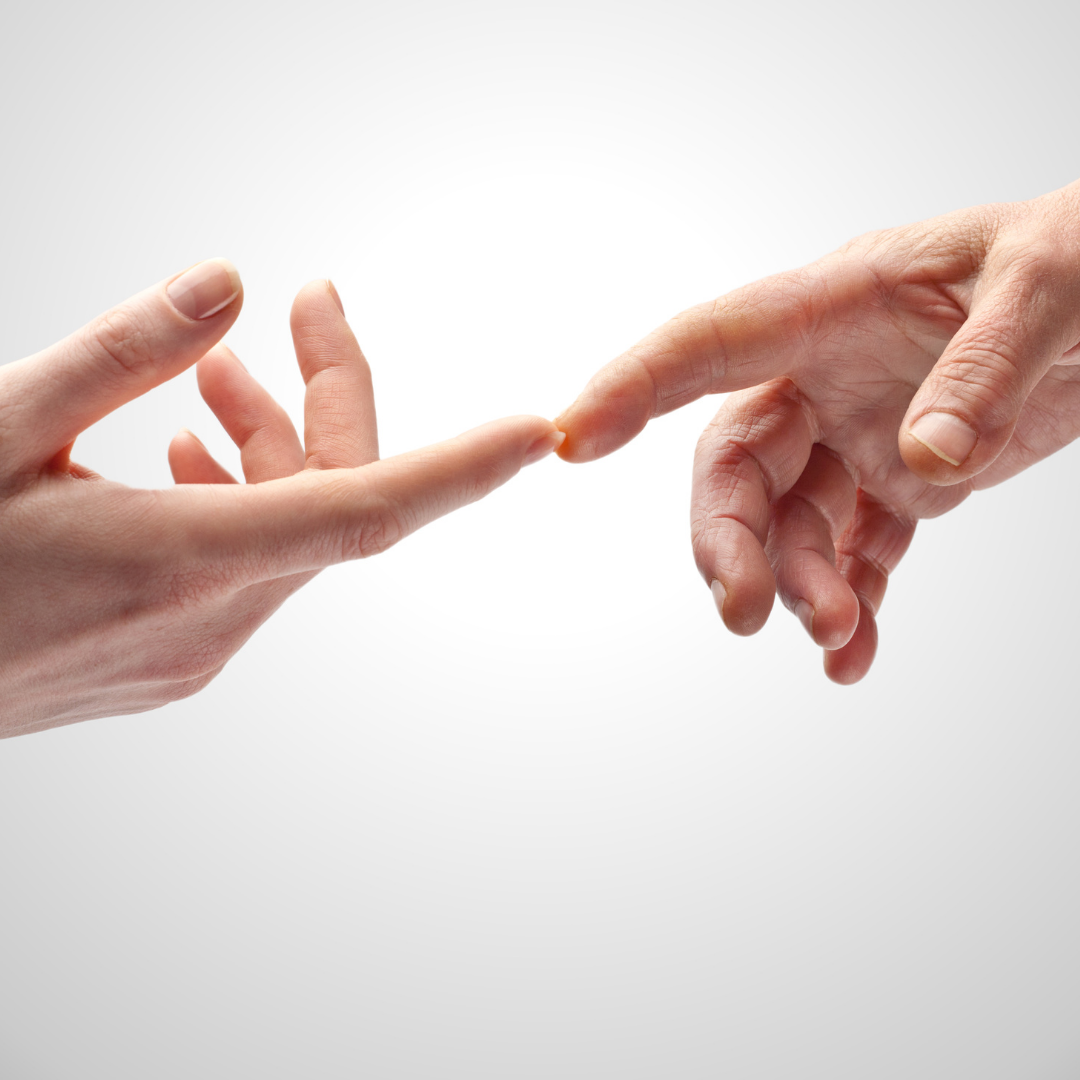Three Ways To Quickly Reduce Your Anxiety
When you struggle with anxiety, it’s like sitting in a rocking chair. You are using all your energy to rock forward and back, but you are going nowhere. It can feel like when you sit at a red light with your foot on the gas pedal, slightly revving the engine of a car, while your other foot is still on the brake. The engine has kicked in but the car isn’t moving. Or, it’s like a low-grade fever … subtle and in the background, while you still function in your everyday tasks, but you know it’s there.
And then every once and a while your anxiety becomes extremely debilitating. You notice nervousness, a racing heart beat, muscle tension, sweating, trembling and an overactive mind that sneaks into your experience as anxiety completely takes over.
Trust me - I completely get it because I’ve experienced all this too.
And even though I still have anxious moments, I’ve learned how to remain more calm and relaxed, and I want the same for you. Today I’m sharing three ways you can better manage and experience relief from your anxiety with a technique called One-Pointedness.
Notice When You Are Anxious
It can be really hard to remember what to do when you are caught in an anxious moment because your prefrontal cortex (your cognitive, thinking brain) turns off and your amygdala (emotional brain) ends up running the show. The body thinks it’s in danger and you immediately go into threat mode. To turn the thinking brain back on so that you can better manage your anxiety you first need to recognize when you are feeling anxious.
It’s that “ah-ha moment” when you wake up to reality. Think of it like snapping a rubber band on your wrist. Noticing when you are anxious creates just a little bit of space between anxiety and your reaction to it so that the mind can start to think things through. Each of us will feel anxiety differently, so you need to learn to recognize the symptoms you experience in an anxious moment.
You might notice:
Scattered thoughts, unable to concentrate
Irritability or tension in the muscles of your body
Sweating or heart racing
Trembling in the limbs - like you need to shake off the excess energy in the body (this is what happens to me)
Shortness of breath
General Restlessness
Once you recognize that you are caught in an anxious moment, choose a simple phrase that you can easily remember to say out loud. You might say, “I’m feeling anxious right now.” Or, “Anxiety is here!” Or, “Whoa. I’m not present.” Or, you could even say, “banana” or “watermelon”! Choose any word that will help you to “snap the rubber band” and bring your awareness back to the present moment so your thinking mind can get back into action.
One-Pointedness Techniques
Once you’ve noticed you’re feeling anxious, it’s important to give your mind something to do. Instead of letting it jump from thought to thought, worrying about the past or trying to control the future, it’s important to give it a job so it can start to come back to the here and now.
Here are three one-pointedness techniques to use:
See
Bring your attention to one object you see in your immediate area. Get very curious about that object and notice its colors, shape, size, shadow, etc. The more you can concentrate your awareness on that one object, the more your mind will slow down. After a few moments, move your awareness to a second object and get curious about its shape, size, patterns, etc. Take a few moments there and then move onto a third object and zoom in on the things you see.
Listen
Close your eyes and bring your attention to a sound near you. Focus on that sound and notice the pitch, the decibel level, the vibrations, etc. Notice how your mind will immediately want to label that sound to give it a name. See if you can simply be with the vibrations of that sound for a few moments. And then bring your awareness to a second sound. Maybe you choose something further away from you. Again, get curious about all the things you hear related to that specific sound. Finally bring your awareness to a third sound and focus in on those sensations for a few moments.
Feel
Find something you can touch and bring your attention to it. What does this object feel like? Is it hard, soft, smooth, rough, dry, moist, cold, warm, etc. Get very curious about that object for a few moments, really noticing all the details of how it feels. Then, find a second object to touch and notice how that feels. What is different about this object compared to the first? What do you notice? Then, after a few moments, find a third object and notice how that feels. Getting curious about all of its details.
By focusing your attention on one thing in the present moment, you create a sense of calm and ease both in your body and mind. And in that calm and ease, your thinking mind turns back on so that you can choose how you want to respond to stressful or anxious situations instead of reacting to them. You may not catch all the times you are feeling anxious - and that’s OK - but when you do, you can create a little bit of space to feel freedom and relief from your anxiety.
And, if you are interested in learning some of the techniques I still practice on a regular basis when I am feeling worried and restless, download my Essential Guide to Coping with Uncertainty today to find more ease in your life!




